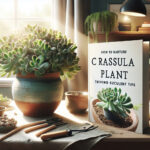Discovering Crassula: An Introduction
Have you ever wondered what adds that touch of green elegance to a minimalist décor, or which plant can thrive with just a forgetful splash of water now and then? Enter the captivating world of Crassula, a variety that’s more than just a plant—it’s a living piece of art for your windowsill. These succulent stunners hail from far and wide, with origins rooted deeply in the vast landscapes of Africa and Madagascar. Piquing the interest of many, they make for a popular choice among houseplant enthusiasts across the globe.
What sets Crassula apart? It’s their mind-boggling variety; with species ranging from the celebrity-status Crassula ovata, also known as the Jade Plant, to the lesser-known but equally enchanting Crassula capitella, the Campfire Plant. Each comes with its own playbook of care, growth patterns, and aesthetics—some boasting plump, jade-green leaves, others enchanting with cascades of tiny, star-shaped flowers. It’s a tangible expression of nature’s creativity.
A charming anecdote arises from Susan, a self-confessed plant lover, who once said her Crassula reminded her of her grandmother’s stoic yet nurturing presence. Just like her granny, the plant stood resilient and undemanding, rewarding patience and occasional care with growth and vitality—a testament, indeed, to the connection we find in these silent green companions.
Interested in hands-on tips for your own Crassula guardian? Let’s take a journey and learn more about this delightful specimen! Below is a video packed with insights and tips to ensure your Crassula not only survives but thrives, making your urban jungle dreams a reality:
${embed_code}
For more in-depth guidance and all your Crassula queries answered, make sure to visit this comprehensive guide to securing the secret recipe for a healthy, lustrous Crassula. Continue with us on this green-thumbed adventure as we delve into the essentials of Crassula care and discover just how you can make your green friends flourish!
Ideal Conditions for Your Crassula Plant
When it comes to giving your Crassula plant the ultimate pampering session, think of it as crafting the perfect mini-habitat for this little green gem. Let’s turn the spotlight on light, temperature, and humidity – it’s their time to shine!
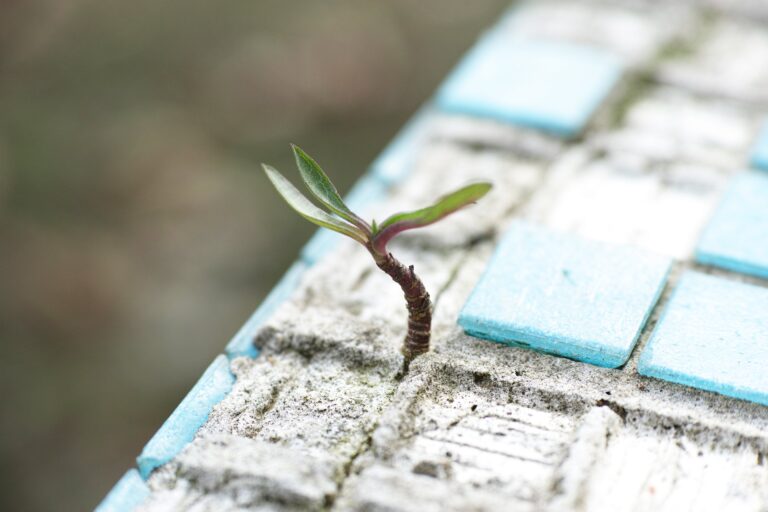
First things first, light is like the secret sauce in a Crassula’s diet. These sun-loving succulents enjoy a bright spot, where rays of sunshine can gently caress their leaves. But they’re not just sunbathers; they know moderation is key. A bright, indirect spot protects their lush leaves from turning into crispy critters. East or west-facing windows? That’s their version of a five-star resort.
When it comes to temperature, Crassula is pretty low-maintenance. They’re happy as long as they’re not shivering or sweating bullets. Ideally, keep the thermostat between 60-75°F (15-24°C). Just remember, these plants don’t pack well for Arctic expeditions or Saharan treks, so keep them away from drafts and scorching heat sources.
Humidity, or rather the lack of it, is where Crassula really feels at home. These succulents like it drier than a stand-up comedian’s wit. Think desert-like vibes, not tropical rainforest. So, if you’re someone who forgets to water plants as often as you forget your passwords, you and Crassula will get along just fine.
For more in-depth knowledge on nurturing these succulent darlings, don’t miss our detailed guide on propagating Crassula. It’s a treasure trove of tips that’ll help your green buddy blossom with vitality.
Creating the perfect environment for your Crassula isn’t rocket science; it’s about balance and understanding what makes these plants grin with joy. Get the conditions right, and you’ll have a thriving, vivacious Crassula that’s as resilient as it is radiant.
The Watering Conundrum: Hydrating Your Crassula
Unlocking the secrets to a verdant Crassula lies in mastering the delicate dance of hydration—a misstep too many can lead to a watering woe. Step into the shoes of a Crassula connoisseur, and let’s pour over the art of drenching these drought-loving darlings without drowning their spirits. The keyword here is ‘moderation,’ like sprinkling just enough spice into your favorite dish.
Firstly, cast away the calendar-based watering rituals! Crassula plants demand a custom-tailored approach, where you, the plant whisperer, must attune to their soil’s dryness before offering a drink. Envision you’re about to brew the ultimate cup of coffee: you wouldn’t flood your favorite beans with water without first checking the grind, would you? Similarly, allow the topsoil to become parched—an inch deep should feel like the Sahara—before bringing in the waterworks.
Imagine a scenario all too familiar: A stunning Crassula, perched on a window ledge, its leaf tips turning as brown as over-baked cookies. The culprit? Over-enthusiastic watering. Crassula roots crave a breath of air, and without proper drainage, you’re marinating them in moisture—a recipe for root rot. So, when you do water, ensure it’s akin to a gentle rain shower, covering the soil evenly but never letting the pot sit in a puddle of its own excess.
Every Crassula caretaker’s tale includes a chapter on the eureka moment they discovered the beauty of underwatering. Your succulent’s plump leaves are reservoirs of resilience, storing lifelines of water for the drier days. By mimicking the droughts of their natural habitat, you beckon their survival instincts, coaxing them into a lush display of self-sufficiency. Sparing use of the watering can is not neglect; it’s encouragement for your Crassula to thrive in its own element.
Embedding this video tutorial will serve as a visual aid to underscore the finesse required to hydrate a Crassula plant fittingly. It’s one thing to read about the wellspring of techniques, but quite another to see them in action.
Feeding Your Crassula: Fertilization Fundamentals
When’s the last time you gave your Crassula a nutrient boost? Just like us, these plucky plants crave a balanced diet to grow lush and vibrant. Now, let’s get the dirt on proper fertilization—we’re talking type, timing, and tips for your green amigos!
Step into a Crassula-lover’s greenhouse, and you’ll see it isn’t just about quenching thirst; it’s about feeding the soul of the soil. For starters, a Crassula’s best friend is a fertilizer low in nitrogen. Why low nitrogen, you ask? Well, too much can spur those leggy, unwieldy growths that can topple your once picturesque plant.
Aiming for succulent success? Go for a balanced, water-soluble blend, with an N-P-K ratio that harmonizes like a well-tuned orchestra, something like 5-5-5. Apply it sparingly in spring as new growth emerges—think of it as a hearty breakfast for a day full of photosynthesizing adventures. Once summer rolls around, treat ’em again to sustain those envy-inducing jade tones.
Fall and winter? That’s their cozy time — ratchet the feeding frenzy down and let them rest. Over-fertilization here could lead to a less-than-jolly January with a plant that’s stressed out and more at risk to pests and diseases.
Remember that time you marveled at the neighbor’s Crassula that seemed to glow with health? The secret might have been their pick of a succulent-specific fertilizer, a concoction designed to mimic the arid habitats these plants hail from. And if you’re one for organic choices, worm castings are like the superfood smoothie of the plant world; they slowly release nutrients without the risk of harsh chemical burns.
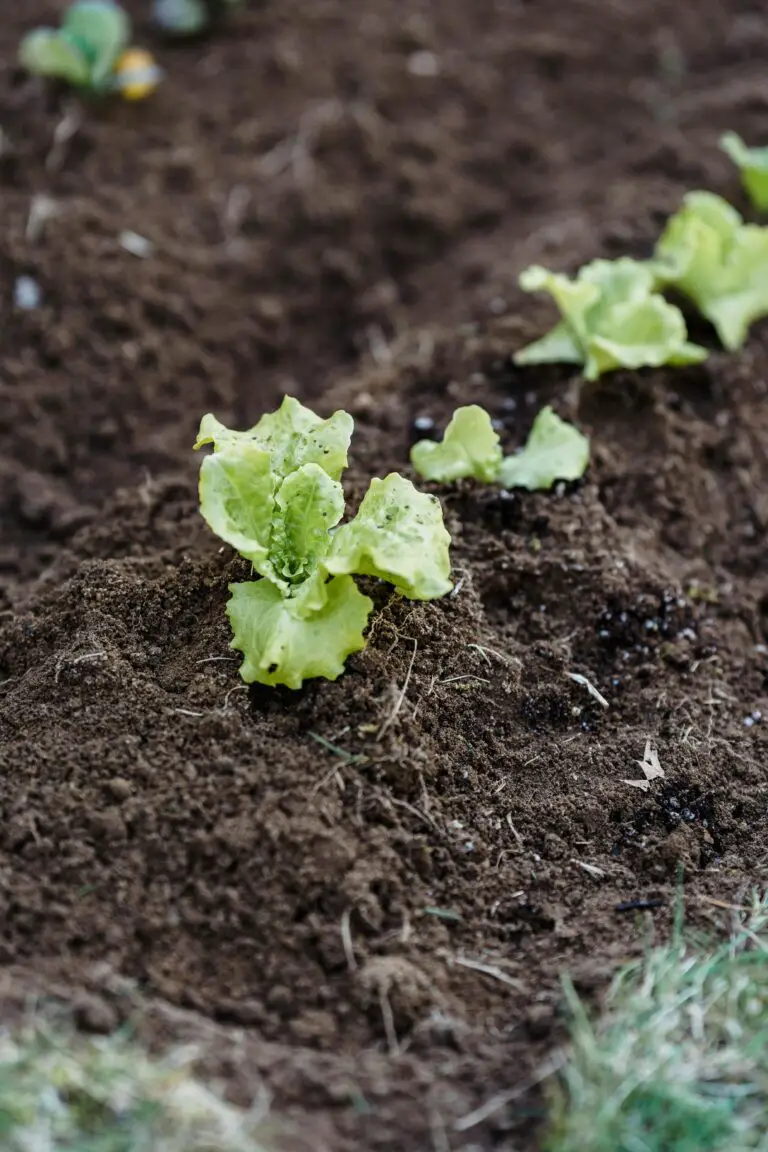
And if you’re thinking, “Well, my Crassula seems fine without all this,” consider it like upgrading from a flip phone to the latest smartphone—yes, it’s fine, but oh, what you’ve been missing out on! That’s the difference the right feed at the right time can make.
Ready to take your Crassula game up a notch? Dive deeper into succulent savoir-faire with our comprehensive guide on propagating these enduring plants and watch your green-thumb reputation flourish along with your succulents!
Potting and Repotting Practices
When it’s time to give your Crassula plant a new home, you want to ensure you’re doing it right. Picture this: a vibrant Crassula, its jade green leaves bursting with life, all because you knew just what to do during the potting and repotting process. It’s not just about transferring them into a new container; it’s about understanding what these succulents crave.
First things first, let’s talk pots. Crassulas need to breathe, so the best home for them is a terracotta or ceramic pot with a drainage hole. Why? Because these materials are porous, allowing air to circulate through the roots – think of it as their own little aeration system. And that drainage hole? Non-negotiable. Waterlogged soil is a Crassula’s nightmare, leading to root rot and a whole heap of heartache.
Next up, the potting mix. Not all soil is created equal in the world of succulents. Your Crassula will thrive in a fast-draining mix that whimsically mimics its natural, rocky habitat. Imagine a blend that’s equal parts potting soil, coarse sand, and perlite or pumice. It’s the crème de la crème for your Crassula, providing the perfect balance of moisture retention and drainage.
Here’s a helpful hint: Observe your Crassula and let it tell you when it’s time for a new pot. A plant is visibly cramped when roots peek out from the drainage hole like curious little snakes or when the growth seems to have come to a standstill. When you notice these signs, spring into action! Typically, young plants need annual repotting, while mature Crassulas can settle into a consistent routine of every two to three years.
Remember, patience is your friend. After repotting, give your Crassula some time to acclimate. Avoid watering for a week to allow any disturbed roots to heal and prevent potential rot. Speaking of growth, don’t you want your Crassula to live its best life? For that, check out our guide on maintaining a Crassula plant over the years.
If you’re new to the potting game or even if you’re a seasoned Crassula wrangler, these tips will set you up for success. Watch as your succulent pal develops its roots and flourishes, all thanks to your mastery of the perfect potting environment.
Pruning and Maintenance: Keeping Your Crassula Tidy
Imagine you’re giving a haircut to a close friend—you want them to look their best, right? Pruning your Crassula plant is much the same, it’s not just about aesthetics, but also about their health and vigor. A smart snip here and a careful clip there can go a long way in maintaining the charming shape of your green companion. The objective is to mimic the natural growth patterns and keep your Crassula looking tidy and prosperous.
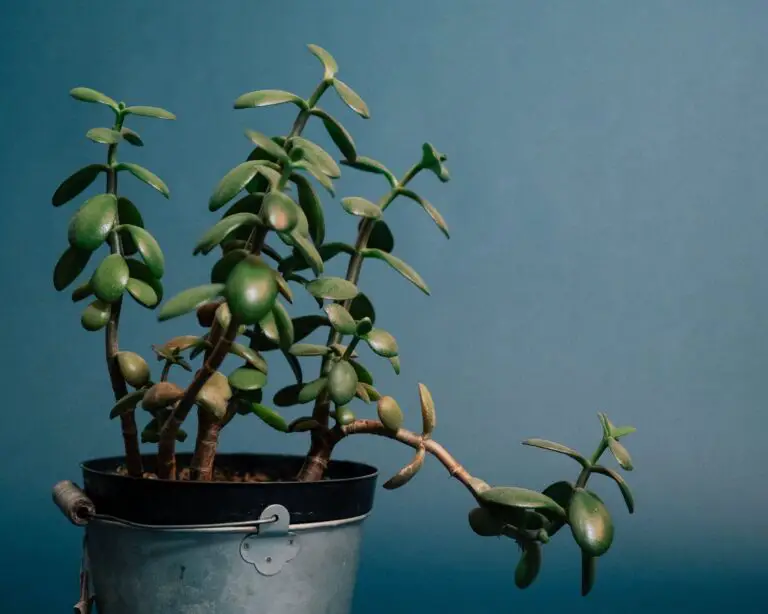
Spring into action as the growth season arrives, armed with clean, sharp scissors or pruning shears. As you eye the plant, look for any leggy branches that seem to be stretching away from the light; these are your first candidates for cutting. Removing these elongated parts will encourage the plant to become fuller and bushier. Remember, your Crassula is pretty resilient—moderate pruning won’t harm it, but rather invigorate new growth.
Next, it’s time to address the old or dead leaves that might be lingering at the bottom of your plant. These leaves can be gently pulled away by hand or with a soft tug using your pruning tool. Not only does this cleanup make your plant look more presentable, but it also prevents potential pest issues and fungal diseases that love to take up residence in decaying plant material.
Now, let’s not forget the regular maintenance tasks. These consist of checking for pests, ensuring the soil isn’t too moist, and that your Crassula has plenty of sunlight to bask in. Think of these tasks as the daily grooming of your plant—like giving it a little comb to make sure it’s free of tangles and troubles. This daily attention will pay off as your Crassula continues to grow healthy and strong, granting you the lush visual treat of an impeccably cared-for succulent.
In essence, a well-groomed Crassula is a happy Crassula. With routine pruning and maintenance, you’ll ensure that your plant not only survives but thrives, bringing a touch of nature’s perfection to your home. And remember, each snip is a step towards a splendidly sculpted Crassula that stands as a testament to your nurturing dedication. So go ahead, channel your inner botanical stylist and keep your Crassula looking its very best!
Propagation Pro-Tips
Welcome to the green-thumbed world of Crassula plant propagation, where multiplying your succulents is not only fun but surprisingly simple! Let’s dive into the succulent sensation of turning one plant into many and ensure your Crassula buddies thrive and flourish.
Leafy Beginnings: Propagating from Leaves
Starting with the basics, propagating from leaves is a great way to watch the magic happen right before your eyes. Carefully select healthy, plump leaves from your Crassula plant, gently twist them off, and ensure a clean break. Now, patience is key! Let the leaves dry out for a few days until the cut end forms a callous. Once they’re ready, place them on well-draining soil. Mist the soil lightly every few days, and soon, tiny roots and a miniature plant will emerge like nature’s little miracles. Remember, it’s a slow process, so don’t rush—your Crassula prodigies are worth the wait!
Stem Cuttings: The Swift Succulent Solution
If you’re eager to see results, stem cuttings might just become your go-to method. Snip a healthy stem from the mother plant—about three to four inches long should do the trick. Strip the bottom leaves off (you can use those for leaf propagation too!), letting the stem callous over for a couple of days. Now, it’s planting time! Stick the stem cutting into moist soil and wait for the magic to happen. Ensure that the soil stays damp but not waterlogged, and in a few weeks, voila! New roots will anchor your Crassula cutting into its new home.
As a pro-tip, always use a sharp, sanitized knife or pair of scissors for your cuttings. We want our Crassula to have the best start in life—free from nasty bacteria or fungi. Imagine snipping a stem cutting from a verdant Crassula ovata, also known as the Jade Plant, and watching it transform into a robust, self-sustaining plantlet. That’s the joy of propagation!
And there you have it, green friends! Whether you’re a budding botanist or a seasoned succulent connoisseur, mastering the art of Crassula propagation is a gratifying journey. Embrace it, enjoy it, and before you know it, you’ll be surrounded by a thriving succulent sanctuary.
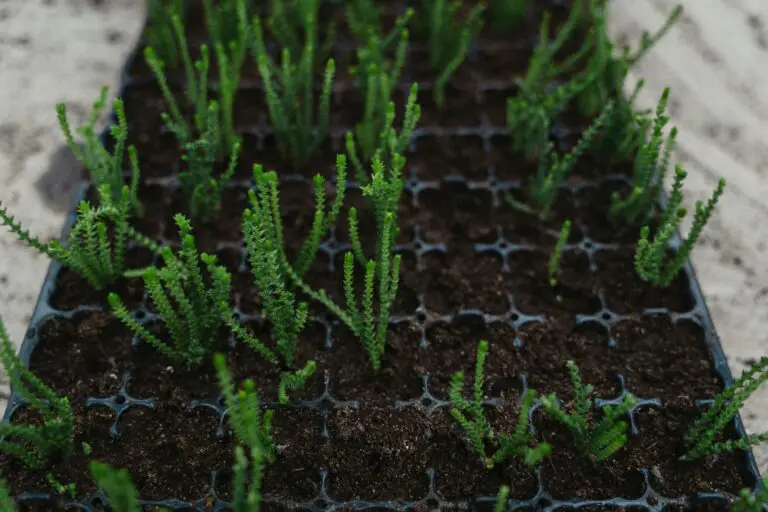
Tackling Common Crassula Concerns
Got a Crassula that’s looking less than lush? Don’t fret! Crassula, or Jade plants as they are lovingly referred to, are generally hardy. But, like all plants, they have their fair share of foes and frustrations. Let’s march through the minefield of common Crassula setbacks and steer you towards a flourishing foliage future!
The Not-So-Welcome Guests: Pests
You may notice your Crassula has unwelcome visitors, like aphids, mealybugs, or spider mites, turning your once thriving plant into their personal buffet. The first line of defense is to keep a keen eye out. Mealybugs, for example, are like tiny cotton spears sucking the very life out of your plant. A cotton swab dipped in alcohol works wonders against these pests. Spider mites, on the other hand, despise moisture. Regular misting can deter these minuscule marauders. And let’s not forget our soapy water spray, a superhero for natural pest control!
Plague of Problems: Diseases
Even the mightiest Crassula can fall victim to diseases. Overwatering is often the culprit, leading to root rot. Picture this: you adore your Crassula, you shower it with water, but alas, too much affection! The roots gasp for air, succumbing to rot. The solution? A well-draining soil mix and a pot with proper drainage holes can save your Crassula from a watery grave.
Preemptive Strikes: Preventative Measures
To keep your Crassula jubilant, prevention is your best pal. Ensure it’s basking in bright, indirect light, like a solar-powered sentinel in your abode. When watering, adopt the “soak and dry” technique – drench the soil thoroughly, then allow it to dry out completely before the next watering session. This practice prevents overzealous watering and satisfies your Crassula’s thirst just right.
Remember, each Crassula is a unique character and might present its own quirky challenges. Have you noticed the leaves turning yellow or dropping prematurely? It might be throwing a tantrum due to temperature swings or insufficient lighting. Dial in on the perfect microclimate, and you’ll be rewarded with a robust and radiant plant.
Crassula care is a journey, with its fair share of trials and triumphs. But fear not! With these insights, you’re now equipped to combat common concerns and sustain a thriving succulent sanctuary. Let your Crassula luxuriate in its newfound health, and enjoy the green glory that follows!
Crassula Companion Planting and Aesthetic Arrangement
Envision stepping into a serene oasis that captures the essence of nature’s beauty right in your living room. Companion planting with your Crassula can transform your home into just that—a tranquil retreat brimming with visual harmony and texture. Companion plants are like the best friends of your Crassula—they complement each other, enhancing the visual appeal and contributing to a thriving environment.
Let’s talk about some splendid companions that will elevate your Crassula plant. Haworthias with their zebra-striped leaves, Aloes with their spiky silhouettes, and Echeverias with their rosette forms are not just plants; they’re strokes on the painter’s canvas that is your home. When paired with the sturdy and evergreen Crassula, they create a symphony of form and balance, striking just the right chord in your home décor.
Now, imagine a group of them elegantly arranged in a sleek, modern planter—this is the art of aesthetic arrangement. Considering textures, colors, and growth patterns is key. For instance, pair the deep green of Crassula with the soft silvers of Senecio or the rich purples of an Aeonium ‘Zwartkop’. Place taller plants in the back, the mid-sized Crassulas in the center, and smaller, low-growing Sedums to spill over the edges. This tiered effect not only maximizes visual impact but also mimics their natural growth habits for healthier plants.
But don’t just take my word for it, check out this creative arrangement in action:
One real-life example to inspire you involves a weathered driftwood centerpiece. Succulents of various forms—including our beloved Crassula—are nestled within its crevices. It’s not just a plant display; it’s a living sculpture that tells a story of resilience and beauty intertwined.
Incorporating these elements of companion planting into your interior décor with Crassula plants does more than just please the eye. It’s an avenue for expressing your creativity, for crafting an environment that breathes life and invites calm. So go ahead, play with combinations, and let your home tell a tale of greenery crafted with intent.
Frequently Asked Questions
If you’ve found yourself wondering about the dos and don’ts of nurturing your Crassula plant, look no further! We know these charming succulents can stir up quite a few questions. Whether it’s your first time caring for one or you’re a seasoned Crassula companion, this section is crafted just for you.
What’s the Ideal Watering Routine for My Crassula?
Imagine you’re a plant. You enjoy a nice drink now and then, but too much, and your feet get soggy—not a pleasant feeling, right? For Crassulas, moderation is key. Give them a thorough watering, but only when the soil is dry to the touch. Overwatering can lead to root rot, so think of “less is more” as your green thumb mantra.
How Much Sunlight Does a Crassula Need?
Likening your Crassula to a sunbather on a bright beach day might just do the trick—these succulents love a good dose of sunlight. However, just like us, they can get sunburned too. Place them where they’ll bask in indirect light or morning sun to keep them glowing without the ouch of an over-tan!
When Should I Repot My Crassula, and How?
It’s moving day for your plant when you notice roots peeking out of the drainage holes or the soil not holding water like it used to. Aim to repot every two to three years in spring. Choose a slightly larger pot, fresh soil, and remember to handle your Crassula’s roots as if you’re holding a delicate heirloom porcelain—gentle and with utmost care.
Can I Propagate Crassula Easily?
Spread the joy of Crassulas by propagation, it’s like plant networking! Snip a leaf or a stem, let it callous over for a few days, and then introduce it to a welcoming soil mix. With little effort, you’ll soon have a whole social circle of Crassula friends.
Are Crassula Plants Pet-Friendly?
Drawing parallels between your Crassula and the pet next door isn’t far off. While they’re generally safe, it’s better to be cautious and place them out of reach. Some Crassulas can cause mild irritation if ingested, so watch out for curious nibbles from your furry companions.
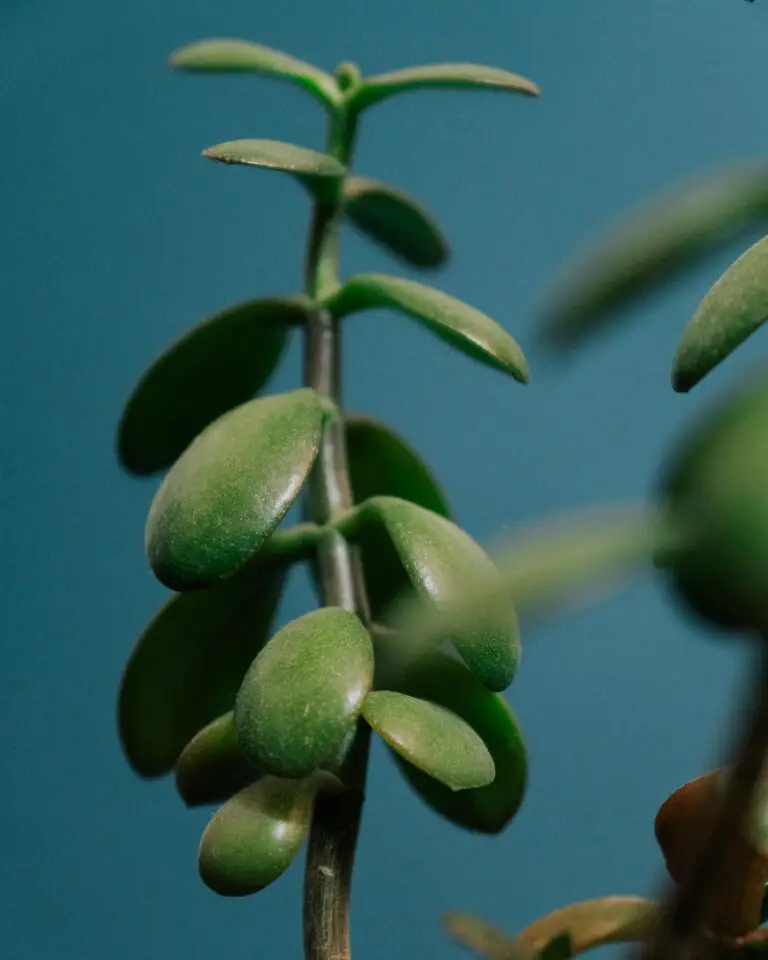
Remember, your Crassula isn’t just a plant; it’s a living, breathing entity that thrives under your love and attention. Treat it like the silent, leafy friend it is, and you’ll witness a houseplant relationship blossom. Go on, get those green fingers working, and let the questions above be your guide to a joyous Crassula parenting journey!



